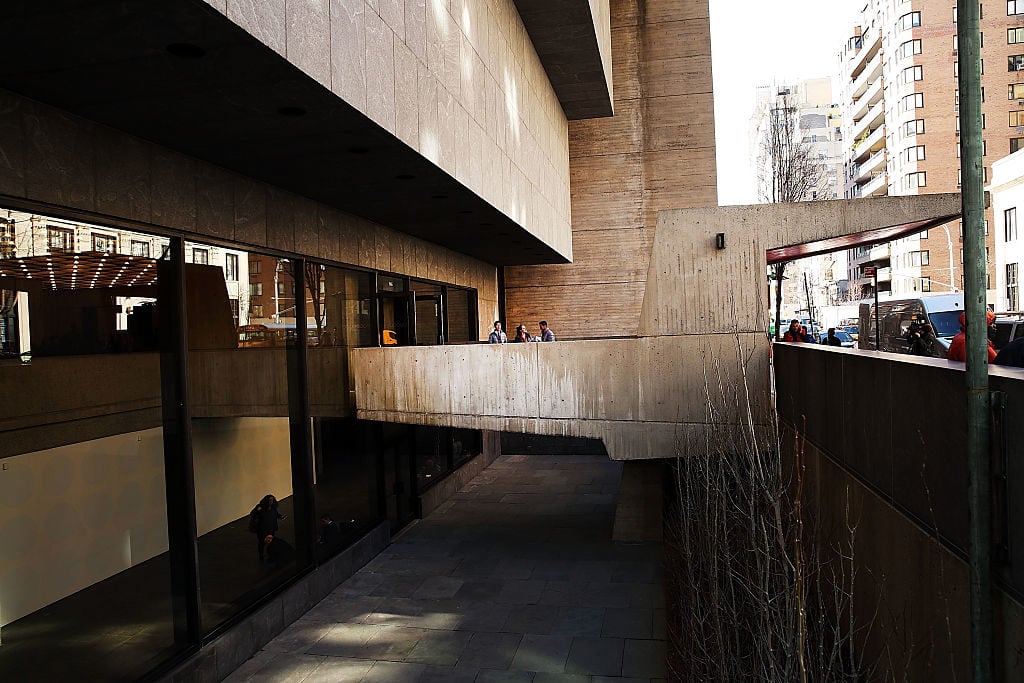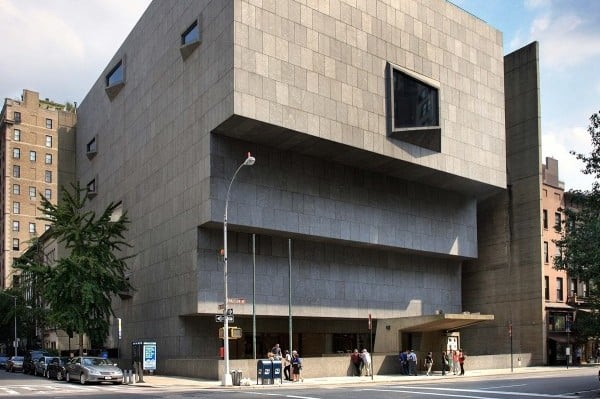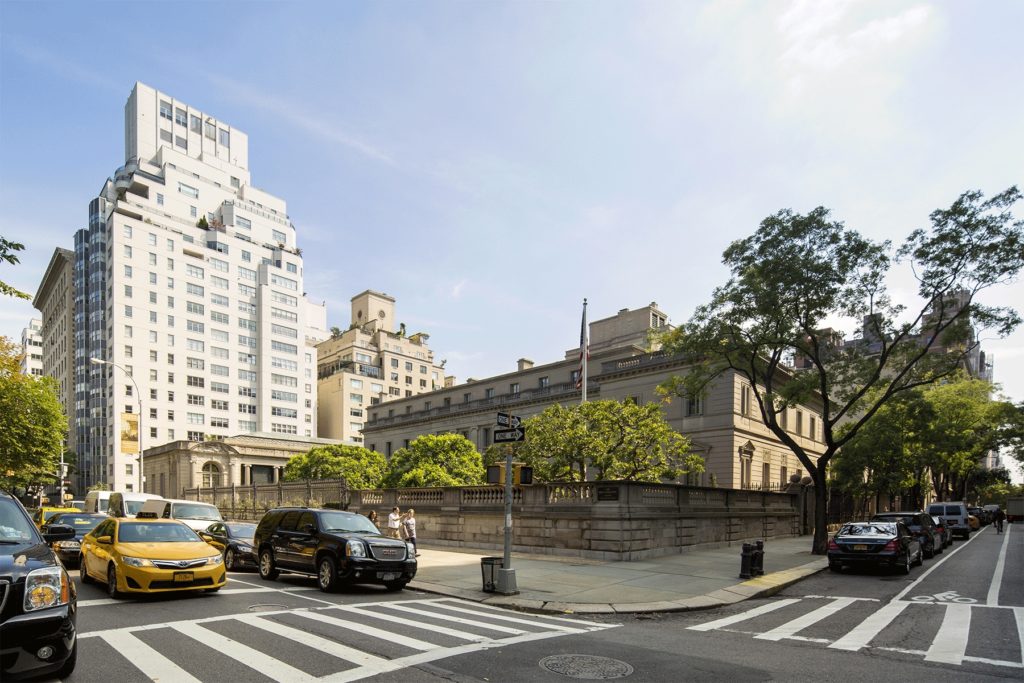Art World
In a Turnabout, the Met Plans to Hand Over the Breuer Building to the Frick in 2020—Three Years Before Its Lease Is Up
The Met will refocus its Modern and contemporary art efforts on its Fifth Avenue flagship.

The Met will refocus its Modern and contemporary art efforts on its Fifth Avenue flagship.

Sarah Cascone

In 1966, New York’s Whitney Museum of American Art unveiled the Marcel Breuer-designed brutalist masterpiece it would call home until 2014. Two years later, in 2016, the Metropolitan Museum of Art moved in, expanding its Modern and contemporary art programming and christening the building the Met Breuer. Today, the museum announced that it was planning to turn the place over to its neighbor, the Frick Collection, which is soon to be temporarily homeless thanks to the long-awaited renovation and expansion of its 1914 mansion.
“The Frick has been exploring ways to ensure that our visitors can continue to enjoy our collections and have access to our library resources and education programs, as we look forward to the renovation of our home,” said Frick director Ian Wardropper in a statement. “Collaborating with the Met on a temporary initiative at the Breuer building would enable us to do just that, a mere five blocks away, during a time when the Frick would otherwise need to be closed completely to the public.”
The arrangement appears to benefit both parties. The Met has been perceived to be struggling somewhat to find its footing at the old Whitney building, where it pays $17 million annually for an eight-year lease that expires in 2023. Under the new arrangement, the institution can now leave the building three years early, in 2020, when the Frick will move in. According to the New York Times, the arrangement will save the Met $45 million.
In May, artnet News learned that the Met Breuer had gone $3.2 million over its curatorial budget. And despite critical successes with shows of Lygia Pape, Kerry James Marshall, and others, attendance remained relatively low, if in line with the Whitney’s numbers in the space. Indeed, the Met Fifth Avenue’s blockbuster 2017 Michelangelo show attracted more visitors than the whole Met Breuer across the 2016 and 2017 fiscal years.

The Met Breuer. Courtesy of the Metropolitan Museum of Art.
When the museum first took over the Breuer building, it was seen as something as a stop-gap while the institution underwent a $600 million gut renovation on its Modern and contemporary galleries. That initiative, announced in 2014, was delayed due to financial concerns and a ballooning budget deficit in 2017. Now, those plans are back on track.
“We are now ready to reengage with architect David Chipperfield’s plan for expanded and improved Modern and contemporary galleries” said Met president and CEO Daniel H. Weiss in today’s announcement. He told the Times the museum was moving forward with a new version of the design that would cost $100 million less.
Under the new leadership of director Max Hollein, the Met is doubling down on its commitment to Modern and contemporary art, including planned exhibitions of recent gifts to the museum. Other possibilities include a sculpture commission for the building’s facade and contemporary art installations scattered throughout the museum’s common areas.
“We are committed to modern art being part of the Met in a multifaceted and significant way by focusing our energies on the Fifth Avenue building,” said Hollein in a statement, noting that the Met Breuer “has served as a great laboratory for groundbreaking and important exhibitions and continues to inform our concepts for long-term programming at the Met.”
(This echoes Weiss’s sentiments; in May he told artnet News: “We leased the building with the idea that we were going to do this sort of programming here, that it would be a little bit different from what we’re used to…and you’re exactly right that we could take it back to the main building.”)

The Frick Collection from 5th Avenue. Photo courtesy of the Frick.
Before it welcomes the Frick, the Breuer building still has plenty of Met programming on deck, with exhibitions of Lucio Fontana, Siah Armajani, Vija Celmins, and Gerhard Richter, among other shows, slated to run over the next two years.
Pending final approval for the Frick’s construction project from the city’s Board of Standards and Appeals, the museum will begin hosting exhibitions at the Breuer building in late 2020. The Frick plans to offer access to its library resources and permanent collection of Old Masters, as well as its education programs, at the temporary location. A spokeswoman for the Frick said that the plans “will not violate” the strict legal terms of Henry Clay Frick’s original bequest.
The design for the expanded Frick by architect Annabelle Selldorf was approved by the Landmarks Preservation Committee in June, despite concerns of preservationists over changes to the museum’s circular music room and beloved Russell Page Garden. (An earlier plan that would have eliminated the garden altogether had to be abandoned due to public outcry.) Construction is expected to last around two years, with a reopening scheduled for 2022 or 2023.